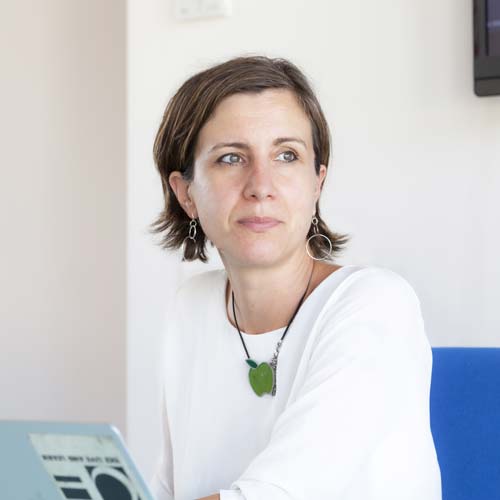According to the classification of the DSM-5 (Manual of diagnostic and statistical of mental disorders – 5th and most recent edition) the disorders of the movement are:
- the developmental disorder of motor coordination
- the noise from movement stereotyped
- disorders ict
What are they and how do they manifest themselves
Developmental disorder of motor coordination (or dyspraxia)
It is characterized by deficits in the acquisition and execution of motor skills coordinates and manifests itself in clumsiness and slowness or inaccuracy in the performance of motor skills that interfere with the activities of daily living. Small children can present a delay in the achievement of milestones motor fundamentalalthough many reach the milestones motor appropriate. You can also develop delayed some skills such as climbing stairs, cycling, buttoning up the shirt, and then close the hinges. Even when the skill is acquired, the execution of the movements may appear scordinata slower or less accurate compared to their peers and, however, significantly interferes with the daily activities of life, family, social, school, or community. The biggest problem of dyspraxia is the lack of awareness; we tend to think that the child is just “clumsy” and that this does not lead to the the development of the worst situations with the passage of time.
In fact, this disorder affects about 5-6% of the child population between 5 and 11 years (males more than females), and does not improve with the growth, in fact, if not treated immediately can continue, even more than the evolutionary age, in 50-70% of cases.

Noise from movement stereotyped
It is diagnosed when an individual has motor behaviors are repetitive, seemingly intentional and apparently afinalistici, how to shake hands, swing, tap her head, morsicarsi or hit each other. These behaviors may or may not answer the efforts to stop them: among children with typical development, the repetitive movements can they be stopped when they are the object of attention, or when the child is distracted by their execution, while among children with disorders of neurodevelopment, behaviour engines typically respond less to these efforts. In other cases, the individual exhibits a behaviour of autocontenimento (for example, sit on your hands, wrap the arms in the clothes). The repertoire of behaviour is variable, and can include self-injurious behaviour (for example, fighting the head, slap your face, put your fingers in the eyes, biting). The frequency and duration of these behaviors can vary a lot. The movement stereotypies are common in children with typical development, and between 4% and 16% of individuals with difficulties, intellectual disability manifested stereotypies and self-harm.


Disorders tic
With the name ict you mean all those movements, stereotypical a-finalistici, that the individual performs without having control. The the severity of the tic is very variable. One in five children manifested a tic for a period of time. Many of these are mild and often not recognized as a disorder by parents and doctors. Tourette syndrome is a disorder ict more serious and has an incidence of less than 1% in children. The ict have a chance to triple in males. The tics occur before the age of 18 (usually between 4 and 6 years old), increase in severity up to reach the peak, approximately between 10 and 12 years of age and decreases during adolescence. Eventually, most of the ict disappears. However, in approximately 1% of children in the tics persist into adulthood.
There are several different types of tics: tics engines include, for example, grimacing of the face, the movements of the neck, coughing, winks; this type of the ict voice (emission of sound is not desired) that include, for example, the raschiarsi the throat and snort. Those listed above are considered to be ict engines and voice simple because they involve only some of the elements of the body, and are composed of short movements.
Read more
The ict engines can also be complex when you involve more elements of the body and consist of sequences of movements; for example, the beat of the walk, do the movements mimic, jump, touch, smell an object.
The vocal tics can be complex, or also referred to as behavioral tics; for example, the echolalia (the repetition as an echo of phrases, words, or sounds heard for the last) and the coprolalia (compulsive behavior pathology that causes the need for explosive to pronounce words or phrases that are obscene and/or vulgar). In addition to these main types, there are also ict dystonic (coordinated movements consecutive on a weekend or non-existent, but alleged), the ict psychics (triggered by an external stimulus, frequently encountered in people with Tourette Syndrome and tic transientthis can be seen most frequently in childhood.
Tic persistent debut typically between 4 and 7 years of age, reaching a peak of intensity in pre-adolescence, and then subside and disappear in the majority of cases in the late teens or in early adulthood.
The DSM-5 provides 3 different diagnosis of the disorder by ict, gradually less severe:
- Tourette's disorder
This Syndrome is characterized by tics, facial, involuntary movements of multiple body, echolalia, and coprolalia; the severity of tics can range from mild to debilitating, but they are persistent over time (over a year) and 43% of patients with some comorbidities such as Disorder Attention Deficit hyperactivity disorder (ADHD) link and the Obsessive Compulsive disorder (ocd) link; these conditions are often secondary to the worsening of the clinical picture of the patient and it is essential to identify and treat them.
- Persistent tic motors or voice
Provides for the presence of ict motors or voice simple or complex, but not both motor and vocal, in a persistent manner over time (at least a year).
- Disorder transient tic
Provides for the presence of ict engines and/or voice single or multiple, for a period of less than a year.
As we deal with the movement disorders Center Tice?
- INVOLVEMENT OF PARENTS
- networking
-
INTERVENTION, PSYCHOEDUCATIONAL AND PSYCHOTHERAPEUTIC
COGNITIVE BEHAVIORAL - NEUROPSICOMOTRICITÀ
Know the characteristics of the disorder is always a prerequisite for the family, to learn how to become aware of and able to manage the difficulties in the manner most beneficial to the child.
With regard to the ict, if the symptoms are mild, the reassurance is usually the best remedy, with the least possible attention dedicated to the ict until it disappears alone. The treatment can often be avoided if the family understands the trouble and if the disorder is explained and understood by the teachers and classmates of the child. These modes also promote a better emotional climate in the family and a more effective communication.
Professionals TICE take care of the path to get in contact with all the actors that are part of the network of family support (SSN, school and other professionals), suggesting an the constant exchange and open, designed to maximize all the actions in the field. In some cases, for example, where the use of ict are very persistent and debilitating, it can be useful to treatment pharmacologicalthat will be evaluated by the doctors of the NHS with whom TICE relates to maximize the efficineza of the intervention.
The school represents a fundamental place in which to implement strategies that do not maintain the ict and foster a positive atmosphere around the child so that they feel comfortable and accepted. For this, we keep in constant contact with schools, through frequent meetings, meetings, supervisions, sharing of goals and projects, depending on the availability of the teacher and families.
Cognitive-behavioral therapy is especially important in the the treatment of the disorder by ict. There are several strategies that have obtained evidence of effectiveness (the main exposure with response prevention, and Habit Reversal Training, often translated as training for the regression of the habits dysfunctional). It is also crucial to teach children and their families to have a positive approach and will bear witness against themselves, their difficulties and their resources.
WANT TO KNOW MORE ABOUT COGNITIVE BEHAVIOURAL THERAPY CLICK HERE.
At TICE propose courses of action neuropsicomotorio to work on co-ordination disturbances motor through the game and the movement. The therapy is aimed at small targets from time to time, reinforcing above all, the motivation and the purpose of the movement, to improve the design, the planning and the execution of the gesture. We offer games, tactile, sensory, with a strong emotional component, to experience the pleasure of movement, from the global to the particular. This allows you to improve the perception, sensory integration, the accuracy in the selection of the muscle. We believe it is fundamental carefully consider the aspects engines, the scope prassico and the component of emotional and behavioral in order to plan an intervention specific to the individual case and to support the child, the family and the school and during the rehabilitation process.
TO KNOW MORE ABOUT THE SERVICE NEUROPSICOMOTRICITÀ CLICK HERE.
The results of our actions are reflected in numerous scientific publications that you can see HERE.
You reflect in any of these descriptions?
You seem to see a relative or a friend of yours?
Contact us directly or fill out the form

